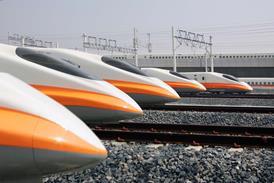Rail industry voluntary severance scheme set for rapid roll-out
By Rail Business UK2021-08-17T04:45:00

UK: The first details of the Special Voluntary Severance Scheme that will be offered to railway employees have been outlined as the Department for Transport pushes forward with a widespread reduction in staff numbers across all parts of the rail sector.
Already have an account? LOG IN
To continue…
You’ve reached your limit of content for the month
Get enhanced access to Railway Gazette news and weekly newsletters.

For almost 200 years, the Railway Gazette Group has been the leading provider of news, analysis and intelligence for the international railway industry. Our independent and authoritative content is read by operators, regulators and the supply industry in over 140 countries using a variety of tailored subscription packages.
Site powered by Webvision Cloud



